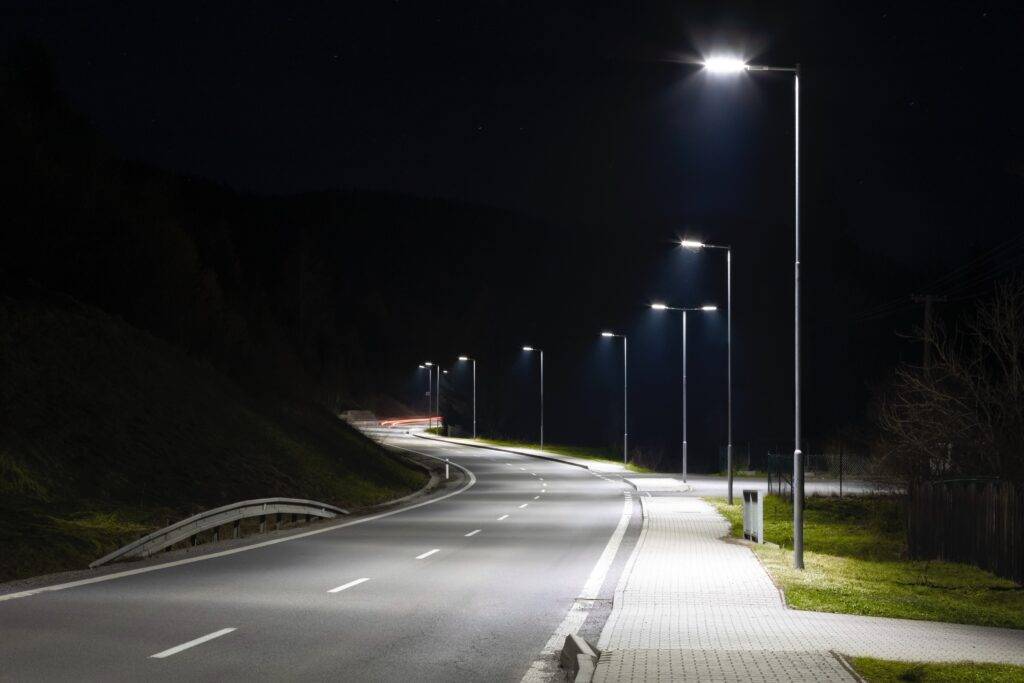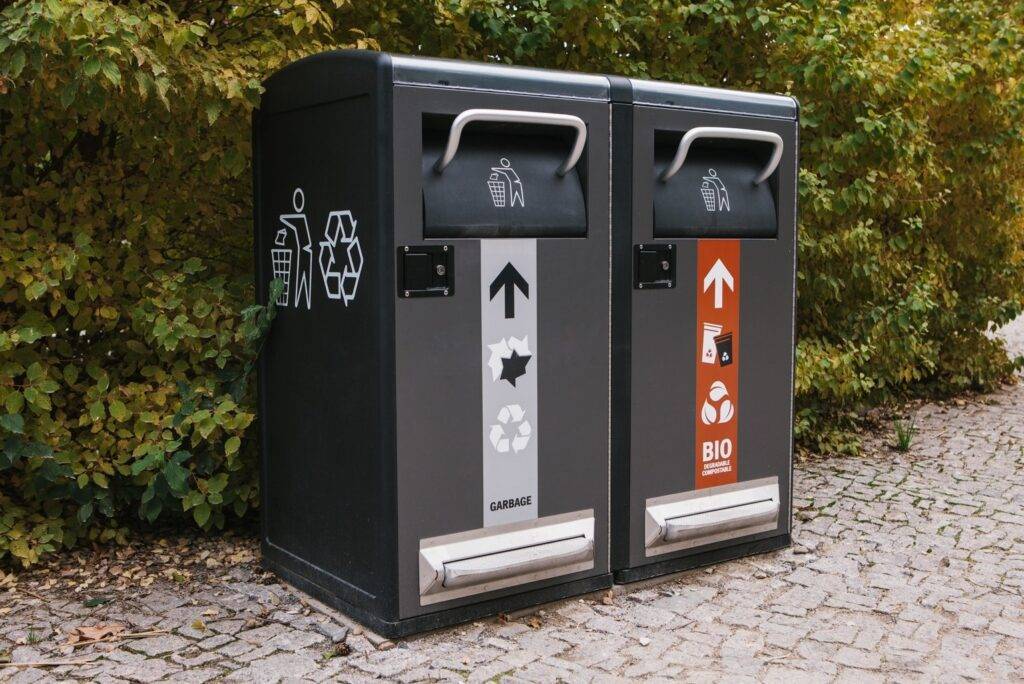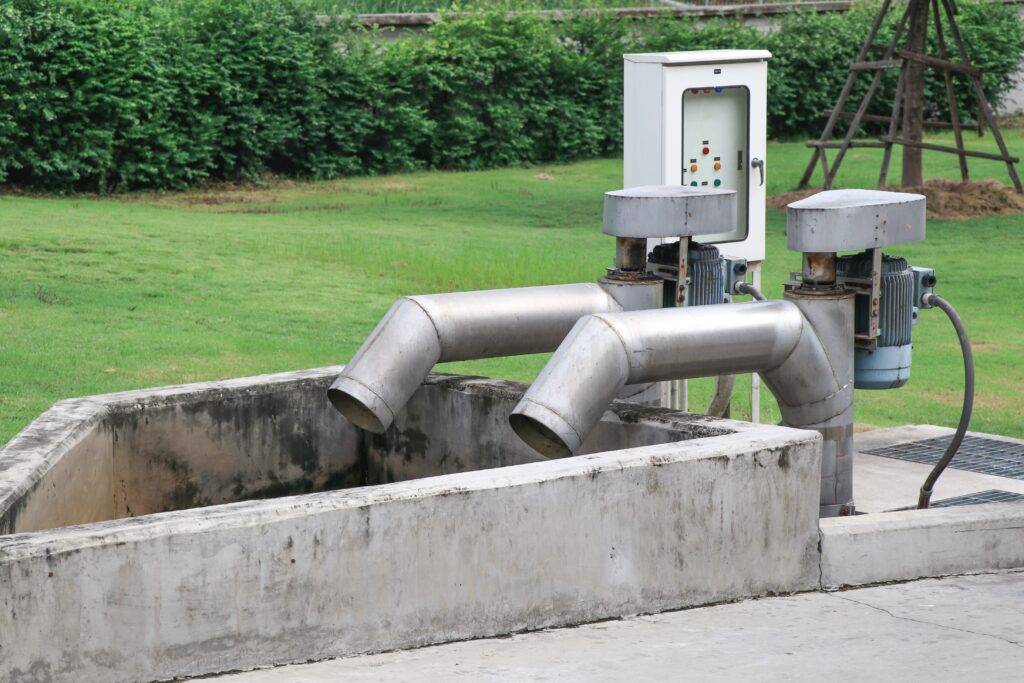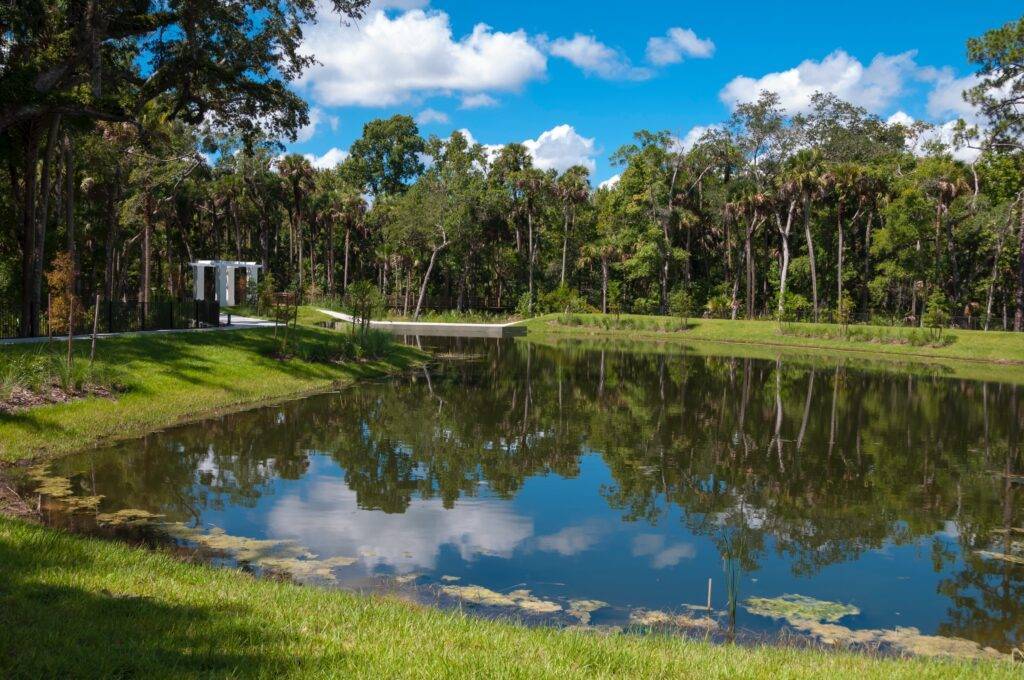
Revisioning Design for Technology & Climate Change
As cities begin to recover from the pandemic, increased funding for infrastructure falls into place, and our world becomes more digitally focused, there becomes a unique opportunity to integrate technology with design.Blending technology with design can enhance beauty in addition to safety and sustainability. Power, sensors, and communication can turn traditionally static fixtures, like streetlights and trash cans, into dynamic and intelligent devices that monitor operations.
As an added bonus, technology designed into our cities can also play a significant role in reducing energy consumption and preserving natural resources. Many cities today have begun to adopt climate change strategies, and it’s important to look at the goals they are trying to accomplish when thinking about the built design. There are a number of effective technologies that can be incorporated in designs that support common climate change goals for community air, land, and water. Let’s take a closer look at how ‘smart’ technologies can be incorporated into communities and the numerous benefits they can provide.
Lighting the Way
With millions of streetlights in our country, and hundreds of thousands in our state, designing smart streetlights can have a huge impact on the communities we live in. Smart streetlights can be adjusted remotely and automatically to create desired ambiance based on the time of day, day of the week, different seasons, or special events. And, lowering lighting at times when it is not needed saves energy and increasing lighting at select times can improve safety.

Switching to LED streetlights can reduce energy consumption by up to 50% across a metropolitan area. When you factor in smart management, such as programmable lighting or dimming, that consumption savings only goes up. Over time, this savings for municipalities will grow and allows opportunities for other community projects from those assets.
Data can be continually monitored and collected to finesse the efficiency of streetlights, improve energy consumption, and meet sustainability targets as the dynamics of a city change. Even smarter streetlights can serve as points for adding in small cell communication that is more aesthetically pleasing and provides public Wi-Fi access. This object that is rarely noticed in our daily activities can be built into our communities to optimize our cities in a variety of ways.
From Trash to Technology Treasure
Trash cans are no longer just places to contain things thrown away – or the place where our garbage can spill over. Reimagining a simple everyday need can produce an aesthetically pleasing option in design, while using technology that can aid in sustainability strategies.
We’ve all seen overflowing trash cans where a gust of wind takes pieces of garbage and deposits it someplace else – sometimes where it might end up in a body of water or natural habitat. Smart trash cans can compact on site and alert staff when they are getting full – keeping communities free of litter. In contrast to overfull trash cans, city staff can also be challenged with spending time, energy, and resources emptying trash cans that have been infrequently used. According to Smart Cities Dive, Pittsburgh, PA, has adopted smart trash cans as part of their climate change strategy where they are aiming to reduce their greenhouse gas emissions and transportation emissions. Their case study is showing that with smart trash cans in place, they can reduce garbage truck driving emissions by only emptying cans when they are full. This allows for more efficient routes, and to downsize their fleet.

Smart trash cans and streetlights can also incorporate additional sensors that monitor for traffic, air quality, temperature, or noise levels. Monitoring these levels in the surrounding environment can further expand a community’s knowledge of how public spaces are used. By integrating these pieces of technology in today’s designs, we can use the data collected to explore new designs and practices that can help achieve climate change goals.
Retaining Water & Data
Water retention ponds are a vital part of our communities to treat and store stormwater runoff. These man-made habitats are often designed to enhance the aesthetic and beauty of a community through plant selection and placement, and pedestrian access. Today, they can be reimagined with technology controls in order to regulate and monitor temperature, water levels, chemicals, and more.
Sensors placed in ponds can use smart technology to analyze weather forecasts and manage water levels before storms that have the potential for flooding. As we think about the changes we continue to see concerning weather patterns, including temperature and rainfalls, smart technology placed in these holding ponds can mitigate the impact of extreme weather events.

When stormwater enters a retention pond, it will be held for a period of time to filter excess nutrients that degrade water quality and allow other pollutants—like heavy metals from cars, sediment, pesticides, herbicides or cleaning chemicals—to settle. Sensors that are placed in these ponds can intelligently monitor nutrients and pollutants to identify the appropriate times for removal. Sensors can also detect when runoff contains chemicals above the desired levels and send alerts for intervention.
From the data that is collected, retention ponds can even be intelligently planted with species that mitigate things like chloride. This also adds to the biodiversity of plant species and animal species. Flows from this smart infrastructure can be managed in ways that more closely mimic natural conditions, which improves habitat for plants and animals, and creating sustainable ecosystems and beauty in our communities.

Exploring Endless Opportunities
Technology is even being explored to harness energy from the built environment. Kinetic energy generated from people walking on sidewalks can be collected and used to power nearby fixtures like streetlights. And, by using kinetic energy versus other resources, communities can further conserve resources as they strive towards climate change goals. Technology is unbounded and the possibilities for incorporating it into design are growing every day – it’s important to explore how trends, ideas, and information can be woven into the communities we are building. Simple, everyday fixtures in our environments can be reimagined and brought into a digital age with a potential to positively impact safety, sustainability, resources, and so much more.
As published in the climate crisis issue of _Scape.
Learn how Bolton & Menk can help communities prepare for future ready cities and Connected Automated Vehicles (CAV) here.
